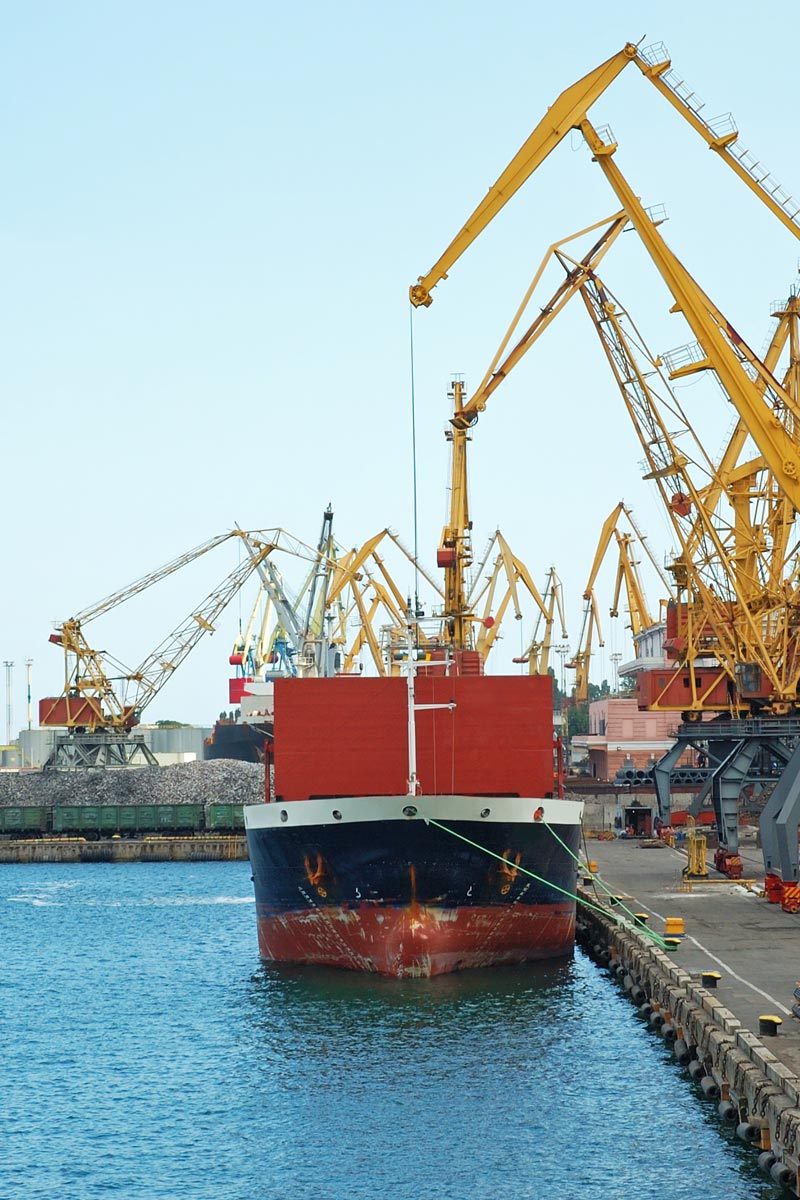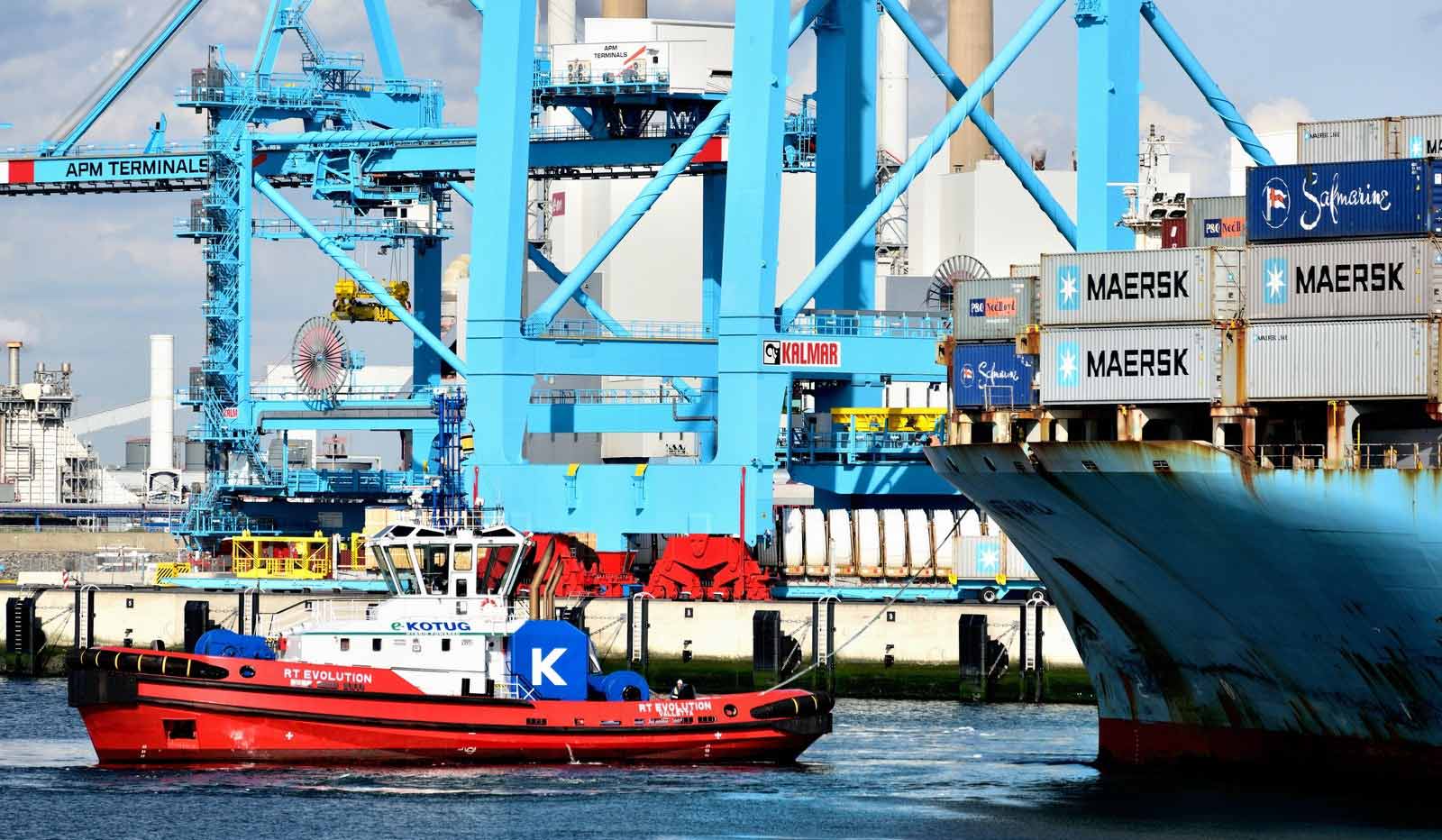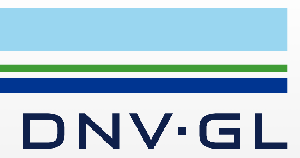International Ship and Port Facility Security Code
The International Maritime Organization (IMO) states that “The International Ship and Port Facility Security Code (ISPS Code) is a comprehensive set of measures to enhance the security of ships and port facilities, developed in response to the perceived threats to ships and port facilities in the wake of terrorist attacks, smuggling, stow-away etc. (IMO).
ISPS Code demands that every ship must have a Company Security Officer (CSO) that will work alongside the Ship Security Officer (SSO) for security purposes. The CSO takes data from the Ship Security Assessment or Vessel Security Assessment to advise on possible threats that could happen on the ship. He will ensure that the Ship Security Plan (SSP) is maintained in an efficient manner by the SSO.
In essence, the Code takes the approach that ensuring the security of ships and port facilities is a risk management activity and that, to determine what security measures are appropriate, an assessment of the risks must be made in each particular case.
The purpose of the Code is to provide a standardized, consistent framework for evaluating risk, enabling Governments to offset changes in threat with changes in vulnerability for ships and port facilities through determination of appropriate security levels and corresponding security measures.
The Ship Security Officer has full responsibility of the vessels security with the captain’s approval as stated in chapter XI-2/8. The SSO maintains the SSP and conducts regular security inspections to make sure that the appropriate security steps are always taken. The SSO also ensures that the security crew is trained for high security level purposes

Maritime Security levels
Maritime Security (MARSEC) levels were constructed for quick communication from the ship to Coast Guards for different levels of threats aboard or ashore. The three security levels listed below are introduced by the ISPS Code.
MARSEC Level 1 is the normal level that the ship or port facility operates at on a daily basis. Level 1 ensures that security personnel maintain minimum appropriate security 24/7.
MARSEC Level 2 is a heightened level for a time period during a security risk that has become visible to security personnel. Appropriate additional measures will be conducted during this security level.
MARSEC Level 3 will include additional security measures for an incident that is forthcoming or has already occurred that must be maintained for a limited time frame. The security measure must be attended to although there might not be a specific target that has yet been identified.
Security level 3 should be applied only when there is reliable information given for that particular security threat that is probable or at hand. Security level 3 must be set for a timed duration for the identified security incident. Although the security levels will change from security level 1 to security level 2 and to security level 3, it is highly possible for the security levels to change drastically from security level 1 to security level 3
For more information on ISPS code, contact us on ISPS@securitysolutions.me




